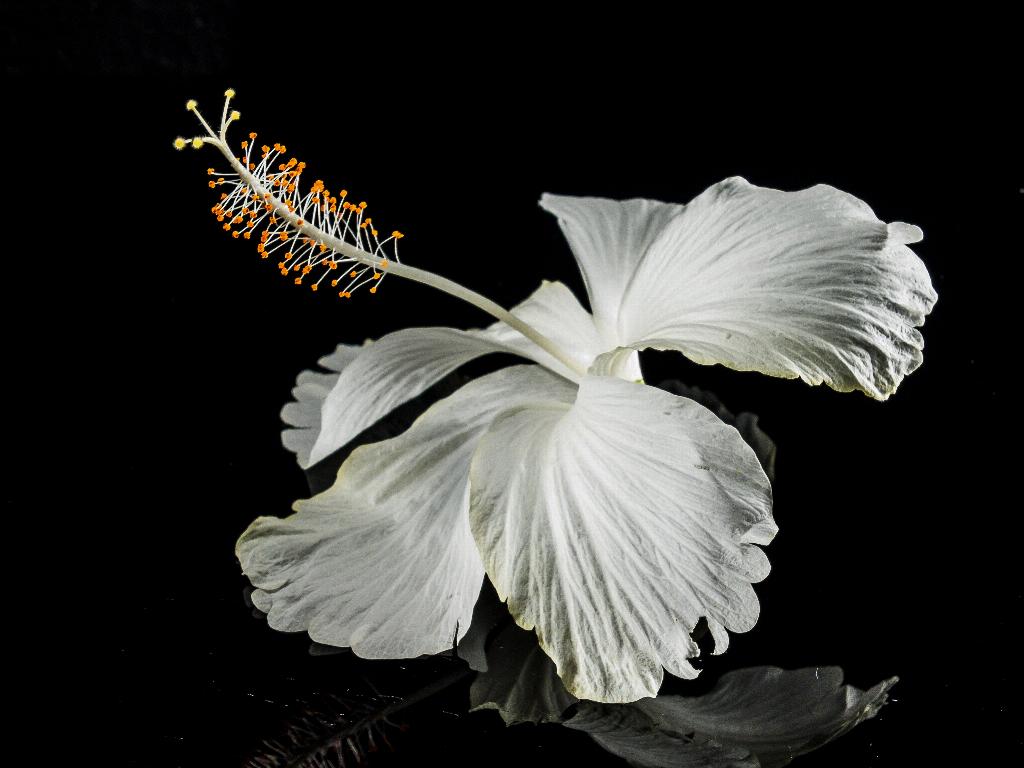Pruning hibiscus plants is an important aspect of their care routine that can have a significant impact on their growth and blooming performance. While hibiscus plants are known for their vibrant and colorful flowers, proper pruning is essential to ensure their health and vitality. So, when is the best time to trim your hibiscus plants?
One of the key factors to consider when deciding when to trim hibiscus is the timing of the plant’s growth cycle. The ideal time to prune hibiscus plants is typically in the early to middle part of February. During this time, hibiscus plants are entering the growth phase, making it an opportune moment to trim them without causing any harm or stress.
By pruning hibiscus plants at the beginning of their growth phase, you are helping them redirect their energy towards new growth and flower production. This can result in a healthier and more vibrant display of blooms later in the season. Additionally, trimming hibiscus plants at this time allows them to recover quickly and efficiently, promoting overall plant health.
Another aspect to consider when deciding when to trim hibiscus is the weather conditions in your region. It is important to avoid pruning hibiscus during extreme temperature fluctuations, as this can put stress on the plants and hinder their ability to recover. By choosing to trim your hibiscus plants in February, you are likely to experience more stable weather conditions that are conducive to successful pruning.
It is worth noting that hibiscus plants are relatively resilient and can tolerate pruning well, especially when done at the right time. However, it is essential to approach pruning with care and caution to avoid over-pruning or causing unnecessary damage to the plants. By following proper pruning techniques and timing, you can help your hibiscus plants thrive and flourish.
When it comes to the actual process of pruning hibiscus plants, it is essential to use sharp and clean pruning shears to make clean cuts. Remove any dead, damaged, or overgrown branches, as well as any weak or spindly growth. Aim to create an open and well-ventilated structure that allows sufficient sunlight to reach all parts of the plant.
In addition to pruning for structural purposes, you can also trim hibiscus plants to encourage bushier growth and more prolific blooming. By selectively pruning certain branches and stems, you can stimulate new growth and promote a fuller and more robust plant. This can result in a more compact and attractive hibiscus bush with an abundance of flowers.
Overall, the key to successful hibiscus pruning lies in timing and technique. By choosing to trim your hibiscus plants in February and following proper pruning practices, you can help them thrive and produce an impressive display of blooms. Remember to monitor your plants regularly and adjust your pruning schedule as needed to ensure optimal growth and flowering.
In conclusion, the best time to trim hibiscus plants is typically in the early to middle part of February when they are at the beginning of their growth phase. By pruning hibiscus at this time, you can promote healthy growth, encourage blooming, and ensure the overall vitality of your plants. With the right timing and approach, you can enjoy a flourishing hibiscus garden that is full of colorful and beautiful flowers.

